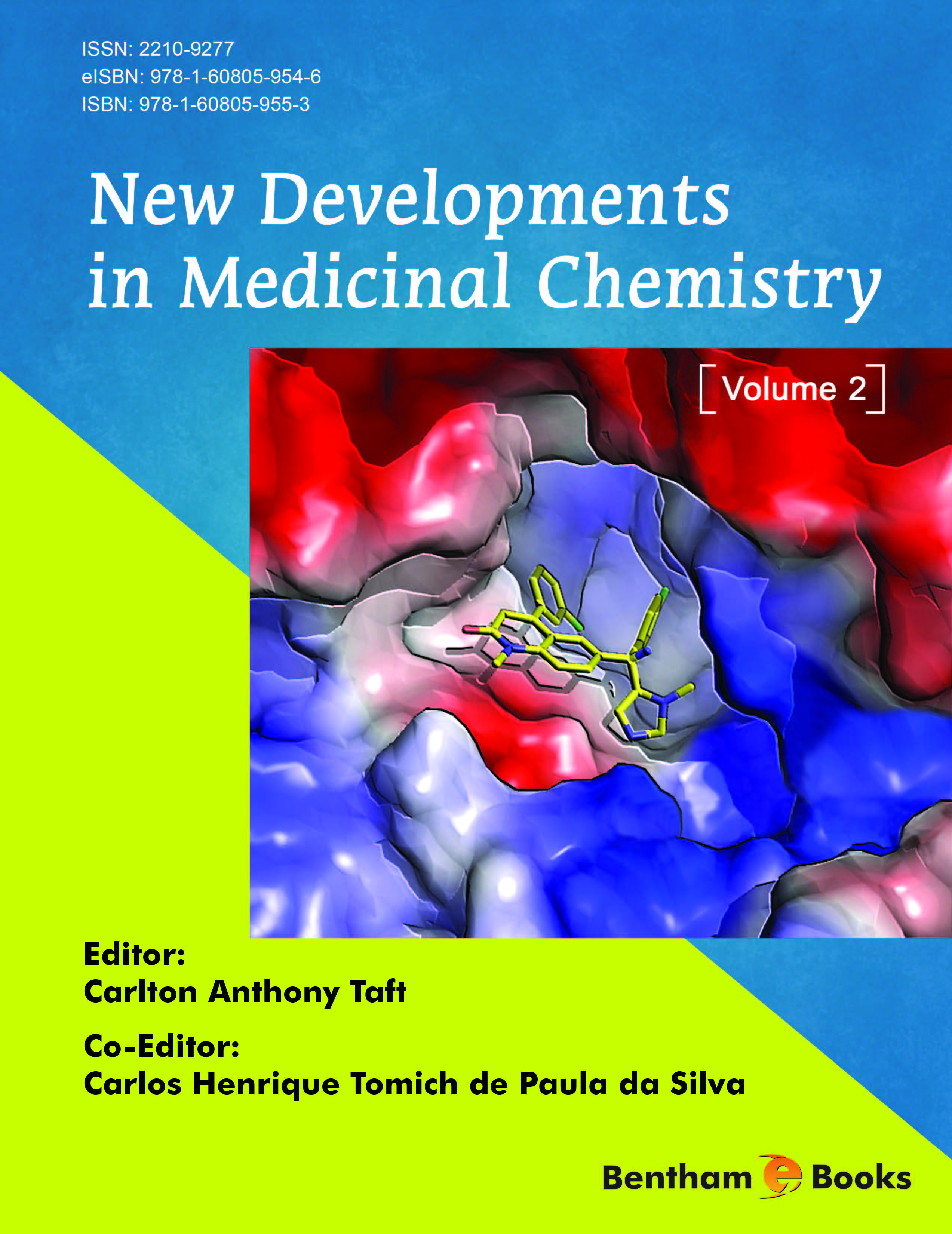In modern computational medicinal chemistry, docking and virtual screening
methods in drug design play important roles in aiding the pharmaceutical industries
place new drugs on the market. In the first chapter of this book the authors review
(homology, fragment, consensus, bioisosteric, scafffold, pharmacophore, induced fit,
chemogenomics, knowledge, similarity)-based models. In addition, binding
affinities, scoring functions, molecular dynamics, water and solvation, simulation of
free energies, quantum mechanics/molecular mechanics, molecular fields, molecular
shape and virtual screening are discussed. Some hotspots are also discussed (protein
docking, stem cells, workflow pipelines, different types of ligands/targets/
interactions, (cloud/high performance/grid)-computing, post-processing, chemical
libraries, confidence and the future. Docking/virtual screening programs, recent
evaluations/validations/benchmarking and selected applications of various models to
drug design are also reviewed.
Comprehension of binding processes, such as drug-receptor interactions, signal
transduction process, and cellular recognition, are important for a better
comprehension of biological functions. Medicinal Chemistry, in the path of drug
discovery, has focused on studies, of the molecular interactions, which are
involved in the development of severe disease states. Consequently, an accurate
knowledge of the underlying protein receptor-ligand recognition events at atomic
levels is important in the process of comprehension, identification and
optimization of more potent drug candidates. In this sense, novel NMR
spectroscopic techniques can be used as tools to gain insight into protein-protein
and protein-ligand interactions in solution at the molecular level. Resonance
signal of the protein or the ligand can be used to identify binding events from
these experiments. In Chapter 2 the authors discuss the main NMR experimental
approaches applied to identify and characterize protein-ligand binding affinity,
providing a broader and better understanding of how NMR spectroscopy
techniques can be employed in a drug discovery process.
Most drug candidate failures that occur during clinical trials are due to
inappropriate ADMET properties. In this way, there is a major concern to identify
possible ADMET failures during the early stages of drug design projects and
optimize such properties in order to reduce time and costs effects. In silico
ADMET predictions constitute several strategies that play a central role when
considering the task of profiling lead compounds concerning potential ADMET
failures. In Chapter 3, authors discuss the computational strategies, methods and
softwares currently used to profile ADMET, which can be helpful during drug
design.
Bioisosterism is a molecular modification medicinal chemistry strategy applied
during drug design projects when a lead compound is available. The concept of
bioisisterism is centered at the use of chemical diversity in order to optimize
pharmaceutical properties of lead compounds and generate active analogs,
replacing problematic substructures inside lead compounds by others with similar
physicochemical properties. This can surpass the limitations observed for the
original lead compound. Bioisosterism can be a useful strategy in order to
optimize lead compounds searching analogs with better selectivity and synthetic
accessibility, decreased toxicity, improved pharmacokinetics, enhanced solubility
and metabolic stability. In Chapter 4, authors highlight the computational
approaches used to identify potential bioisosters, discuss how bioisosterism can be
helpful during the design of molecules with better synthetic accessibility, and
review the scaffold hopping technique, a novel trend of bioisosterism application
intending to identify interchangeable scaffolds among pharmaceutical interesting
molecules.
This book thus attempts to convey a few selected topics stimulating the
fascination of working in all the multidisciplinary areas, which overlaps
knowledge of chemistry, physics, biochemistry, biology and pharmacology,
describing some of the theoretical and experimental methods in Medicinal
Chemistry.
Ramaswamy Sarma
State University of New York
Albany, NY
USA





